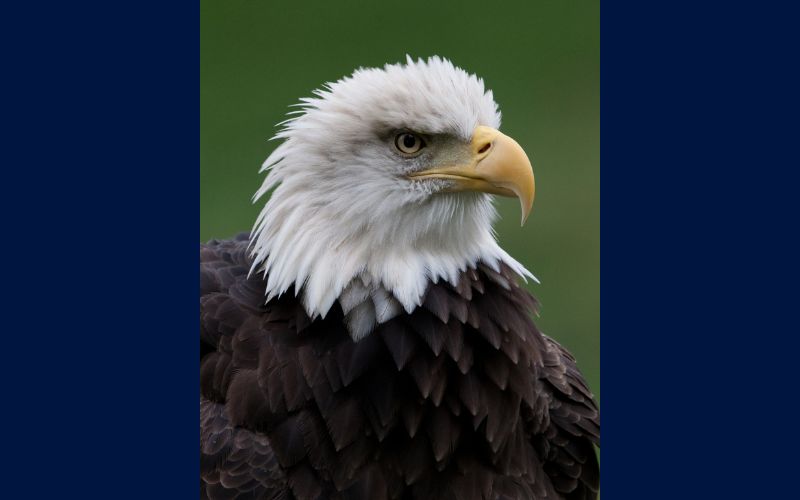Ohio can celebrate a milestone this Independence Day with 964 confirmed active bald eagle nests, according to the Ohio Department of Natural Resources Division of Wildlife.
More than 1,800 reports from citizen scientists statewide helped complete the 2025 bald eagle nest census.
Division of Wildlife staff followed up on these reports and confirmed nest locations in 87 of Ohio’s 88 counties.
Active nests were counted as those with an incubating eagle, eggs, or eaglets present. Given the high volume of nests, this nest census represents the most complete picture possible of Ohio’s breeding bald eagle population.
“The bald eagle is one of Ohio’s great conservation success stories,” said ODNR Director Mary Mertz. “The eagle’s remarkable comeback over the last few decades, both in Ohio and nationwide, proves how much we can accomplish when we conserve and protect habitat.”
Bald eagles prosper in areas with wetland habitat. Lake Erie and other large waterbodies host the highest number of eagles because of easy access to food, such as fish.
The 13 counties with the highest number of bald eagle nests include: Ottawa (112), Sandusky (61), Erie (40), Seneca (36), Wyandot (31), Trumbull (29), Lucas (27), Huron (21), Wood (20), Coshocton (19), Knox (19), Licking (19), and Mercer (19).
Each spring, the Division of Wildlife uses aerial surveys of a portion of the state to estimate Ohio’s population of nesting bald eagles.
A complete nest census, in which every bald eagle nest in the state is counted, is performed less frequently.
The last statewide census, conducted in 2020, documented 707 active bald eagle nests.
The number of active nests increased by 36% from 2020 to 2025.
“The census was a success because of the involvement of so many Ohioans. Thank you to each of you who contributed to this monumental effort,” said Laura Kearns, a wildlife biologist with the Division of Wildlife. “This comprehensive study shows that Ohio’s eagle population is resilient and thriving.”
Based on the 2025 aerial survey of a portion of eagle nests, the success rate, or the number of nests with eggs or eaglets, was 78%.
Last year, the nest success rate was 82%, and it was 73% in 2023.
This year, the number of eaglets per active nest was 1.3.
That was slightly lower than last year’s number of 1.6 and similar to 2023 (1.2).
As with many of Ohio’s native wildlife species, bald eagles require specific habitat conditions to flourish.
Counties with high numbers of bald eagle nests contain abundant wetlands, large rivers, and large lakes or reservoirs.
Bald eagle habitat protection and research are funded by the sale of bald eagle conservation license plates, income tax check-off donations to the Endangered Species and Wildlife Diversity Fund, and sales of the Ohio Wildlife Legacy Stamp.
Learn how to support Ohio’s magnificent wildlife at wildohio.gov.
The bald eagle was once an endangered species, with only four nesting pairs in Ohio in 1979.
Thanks to partnerships between the Division of Wildlife, Ohio zoos, wildlife rehabilitation facilities, concerned landowners, and conservationists, its population increased.
After much hard work and continued conservation, the bald eagle was removed from the federal list of threatened and endangered species in 2007, and from Ohio’s list in 2012.
Bald eagles are protected under state law and the federal Bald and Golden Eagle Protection Act, making it illegal to disturb these raptors.
When viewing these majestic birds, remember to respect the birds’ space and stay at least 100 yards away.
Disturbing bald eagles at the nest site could lead the pair to abandon the eggs.
The mission of the Division of Wildlife is to conserve and improve fish and wildlife resources and their habitats for sustainable use and appreciation by all.
Visit wildohio.gov to find out more.
















